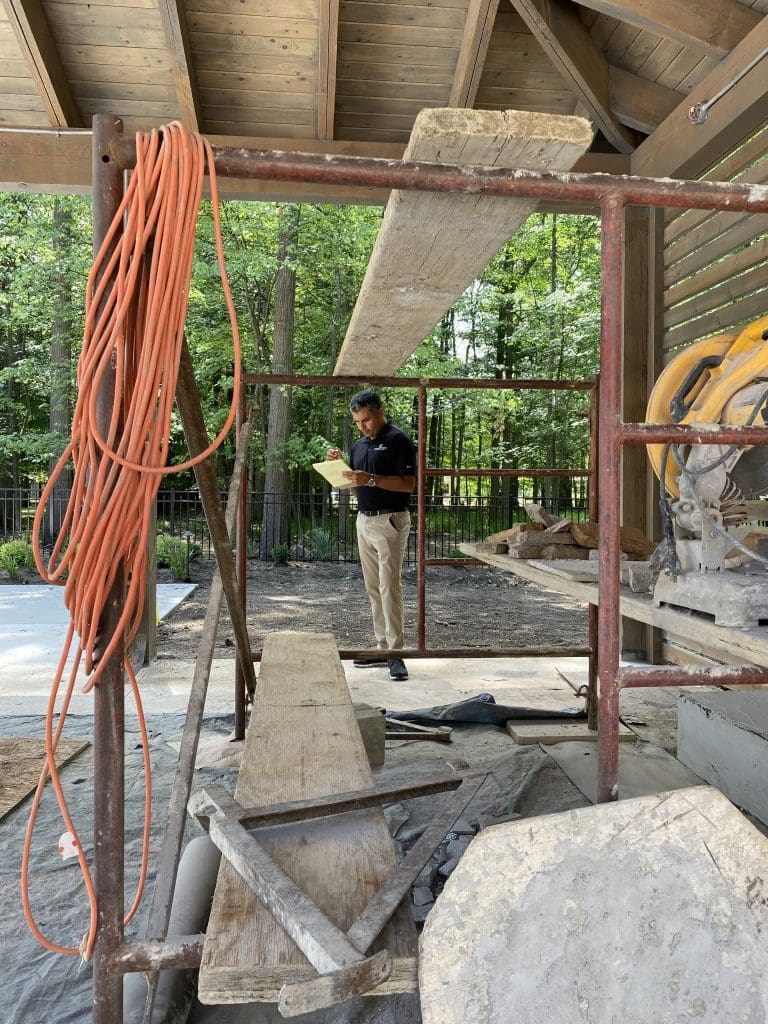
You can’t foresee everything that might happen on a landscape installation project, and sometimes this can result in necessary change orders. Improving your design process can help eliminate some of these occurrences, but they can still happen from time to time.
Sometimes it is because the issue at hand is something that could not be seen during the initial design meetings, such as large rock formations or water underground. Other times, they can be a design opportunity the client hadn’t considered until the project got underway. Regardless of the reason why a change order occurs, how you handle it can impact the customer’s satisfaction with the project and your company as a whole.
To Charge or Not to Charge
Money is an emotional topic, and you never want customers to feel like they’re paying too much or getting a bad deal. While they signed off on the original project price, change orders equal increased costs they might struggle to come to terms with.
Jeff Korhan, founder of Landscape Digital Institute, based in Chicago, Illinois, says with his previous landscape business, it was a case-by-case decision on whether they would charge the client for the change order. One compromise they would make is if the work was substantial and not their fault, they would ask the client just to pay the hard costs since they were already on site and mobilized. The costs would be added to final amount at the end of the project.
Meanwhile, Jennifer Shepherd, office manager of Southern Cross Outdoors, based in Griffin, Georgia, says their change orders are invoiced separately and are required to be paid in full before being completed.
Their typical change order requests are related to certain materials. She says supply chain issues and the ability to locate specific materials have sometimes required a change if the client does not want to wait for a specific color or style.

In the past, Ground Works Land Design, based in Cleveland, Ohio, had to deal with change order after change order due to the client being wrapped up in the project and not realizing that all the changes are costing the company time and money. Joe Stark, marketing director for Ground Works, says the customers weren’t thinking about the fact the invoice at the end of the project would be different from the one they originally agreed to at the start.
“When we do get change orders, at this point in our business and the company, we have complete authority to stop the project,” Stark says. “That’s actually what we do. We’ve been burned in the past, so we completely stop what they’re doing, and then we immediately get to work on a revised estimate and a revised scope of work. We don’t actually start the process again until they have signed off on that new hard number.”
Stark says stopping the work until the new price is approved is an effort to be more transparent with their clients. When the client sees the total much higher than what they agreed upon, Ground Works explains the changes are what has driven up the cost. If the client is not okay with that new number, they can stay the course and finish the original job. Other clients have not wanted to continue with the change order once they realize the current work has stopped.
Stark says most of their change orders are from clients being excited about the installation and wanting to include another feature.
“Sometimes we can make it work, but it’s with the understanding of a timeline or a price increase and other times it’s more or less just using our professional experience explaining, ‘Hey, that’s a great idea, but that’s really not possible at this time, this far along in the project,” Stark says.
Document Change Orders
Whether you charge for the change order or not, you should still always make a point of documenting them. If you decide to not charge, Korhan suggests making a work order the client has to sign for these change orders. It communicates the value of the work to the customer so they know you are doing something for them for free.
“I want them to sign this document,” Korhan says. “I want them to know that we are making an exception here. We’re breaking the rules that we talked about. You’ve got a client relationship on the line.”
Documenting the change order can also help with scheduling purposes. Korhan says they have to weigh the mobilization costs to see if it makes more sense to do the additional work now or later. Stark says they will do whatever the client pleases as long as everyone is on the same page.
“We keep a steady backlog of 3-4 months, so if the change will affect the completion of projects already on the schedule, the new request may require it to be scheduled for a future date,” Shepherd says.
Korhan adds that documenting change orders also ensures accurate and timely invoicing.

